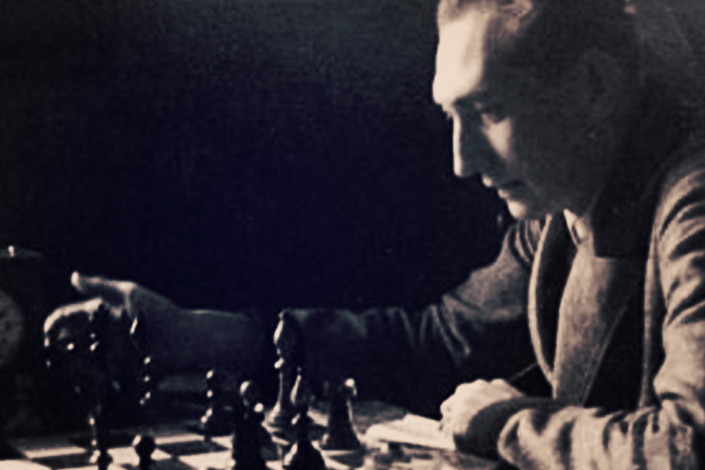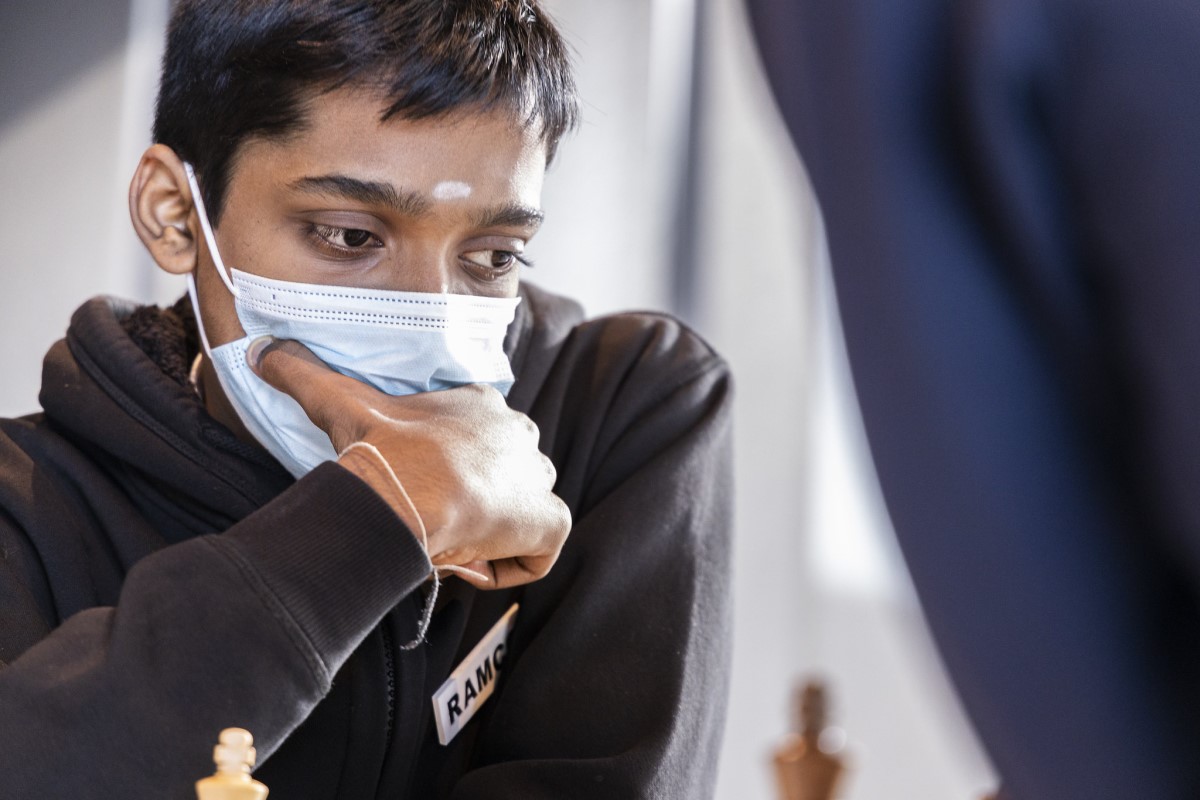


[Note that Jon Speelman also looks at the content of the article in video format, here embedded at the end of the article.]
We start this time with a diagram from the old book I’ve been revisiting over the last couple of months: The Middlegame by Max Euwe and Hans Kramer.
Here simply d5 would win trivially, but White decided to finish with a flourish.
37.a7+ [37.d5+–] 37...Nxa7 38.Rxa7
38...Rb6!
Of course, White was expecting Rxb6.
40.fxg3 Qe3+ and Black has perpetual check! ½–½
This fiasco is an example either of over-confidence by White or trying too hard and, in any case, of the emotionally destabilizing effect of the apparently imminent end of the game.
Chess is always tense — unless somebody plays on much too long when they really should resign. And the closer you get to lifting the tension — escaping from the frying pan — the tenser it normally gets. This is something that stronger players are able to exploit against weaker opposition. And in battles between equals, it is often the player who blinks first by releasing the tension who suffers; while if somebody gets the upper hand, it is crucial for the defender to keep some tension for as long as possible to deny the attacker an easy ride, though sometimes you do just have to knuckle down and defend an obviously worse endgame.
I’m going to continue with a famous example from Euwe and Kramer, but first a crucial game less than a week ago in which determined defence had a huge reward. It’s already been on ChessBase with lightish annotations, but I wanted to highlight some of the crucial moments.

Rameshbabu Praggnanandhaa’s resilience paid off in his final-round game against Gukesh D at the Reykjavik Open | Photo: Thorsteinn Magnusson
Select an entry from the list to switch between games
| Advertising |